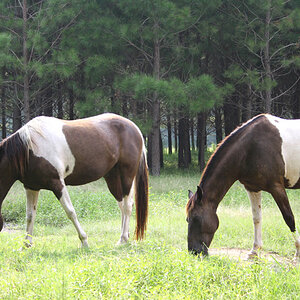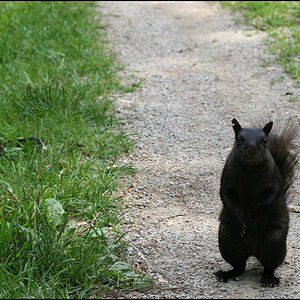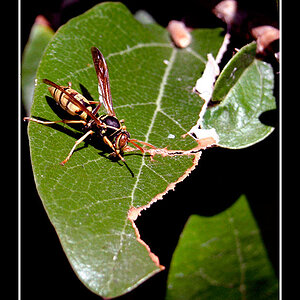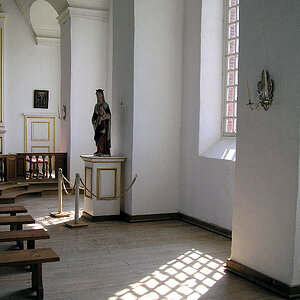photographyguy1218
TPF Noob!
- Joined
- Dec 30, 2010
- Messages
- 40
- Reaction score
- 0
- Location
- Tennessee
- Can others edit my Photos
- Photos NOT OK to edit
Hello everyone, a couple nights ago the moon looked amazing where I live in Nashville, there were many clouds around it so the light was reflecting all around it. I quickly set up my D7000 on my tripod and started messing with the settings to try to program it to get the best shot possible but I couldn't seem to get anything worth keeping. I was shooting with my 70-300 4.5-5.6 VR lens which is probably one of my problems since it's not a real fast lens. Just wondering if anyone had any tips so I can hopefully get some nice shots next time! Thanks! 




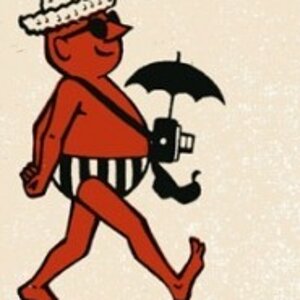


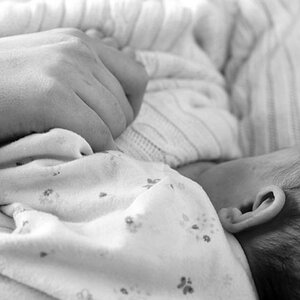
![[No title]](/data/xfmg/thumbnail/37/37106-bbbc8e30f409f82c56bead43c7565d5a.jpg?1619737882)
![[No title]](/data/xfmg/thumbnail/37/37103-871e5d39d6f585e3019a4e25eb2ee935.jpg?1619737882)

![[No title]](/data/xfmg/thumbnail/37/37105-0f1ebcc8381303893e9a7ce0764e86fe.jpg?1619737882)
